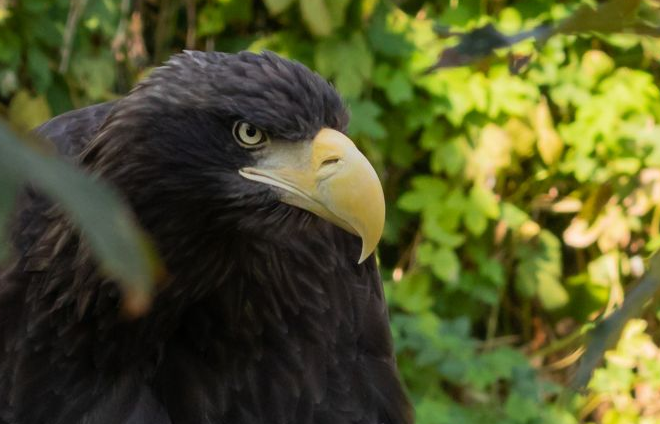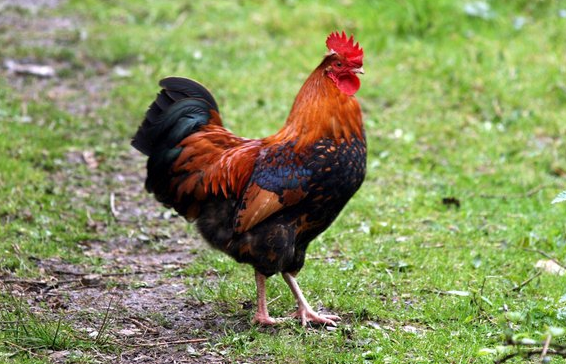Let’s talk about Pakistan National Animal. Pakistan, a country located in South Asia, is home to a variety of flora and fauna. One of the most striking animals found in Pakistan is the markhor, which has been declared the national animal of the country. In this article, we will delve into the world of markhors, exploring their characteristics, habitat, significance, and conservation status.
The markhor, also known as Capra falconeri, is a wild goat species found in the western Himalayas and Karakoram ranges of Central Asia. The word “markhor” is derived from the Persian language, which means “snake eater.” This animal has a striking appearance, with long spiral horns and a thick coat of fur.
Physical Characteristics of the Pakistan National Animal
Markhors are large, muscular animals with a distinctive appearance. They have a brown coat of fur with white underparts, and males have long, curved horns that can grow up to 160 cm in length. The horns are used by males during mating season to establish dominance and attract females. The females have smaller horns and a shorter, more slender build.
Habitat and Distribution of the Pakistan National Animal
Markhors are found in the mountainous regions of Pakistan, Afghanistan, Tajikistan, Uzbekistan, and India. They prefer to live in rocky terrain and are known for their ability to climb steep slopes and cliffs. In Pakistan, they can be found in the northern regions, including Chitral, Gilgit-Baltistan, and the Kashmir region.
Significance in Pakistani Culture
The markhor is not only the national animal of Pakistan, but it also holds cultural significance in the country. In Pakistani folklore and literature, the markhor is often portrayed as a symbol of strength and resilience. Its image has been featured on Pakistani stamps, coins, and emblems, highlighting its importance to the nation.
Threats to Markhor Population
Despite their cultural and ecological significance, markhors are facing threats to their survival. Habitat destruction, hunting, and poaching have resulted in a decline in their population. The horns of the markhor are highly valued in some cultures for their medicinal properties, which has led to illegal trade and poaching. Additionally, the encroachment of human settlements and infrastructure development has disrupted the natural habitat of the markhor.
Conservation Efforts for the Pakistan National Animal
To protect the markhor population, the Pakistani government has implemented various conservation measures. The hunting of markhors is strictly regulated, and a portion of the revenue generated from hunting permits is used for conservation efforts. In addition, community-based conservation initiatives have been established, involving local communities in conservation efforts and promoting sustainable tourism.
Conclusion
The markhor is a magnificent animal that holds cultural and ecological significance in Pakistan. As a national symbol, it represents the strength and resilience of the country. However, with the threats it faces, it is crucial to ensure its protection and conservation for future generations.
FAQs
- What is the markhor’s diet?
Markhors are herbivores and feed on a variety of vegetation, including leaves, grass, and shrubs.
- How long do markhors live?
Markhors have a lifespan of around 10-12 years in the wild.
- Why are markhors important to Pakistani culture?
The markhor is a symbol of strength and resilience in Pakistani folklore and literature, and it is also the national animal of the country.
- Are markhors endangered?
Yes, markhors are classified as endangered on the IUCN Red List due to habitat loss and poaching.
- What conservation measures are in place to protect markhors?
The Pakistani government has implemented various conservation measures, including regulated hunting and community-based conservation initiatives.

